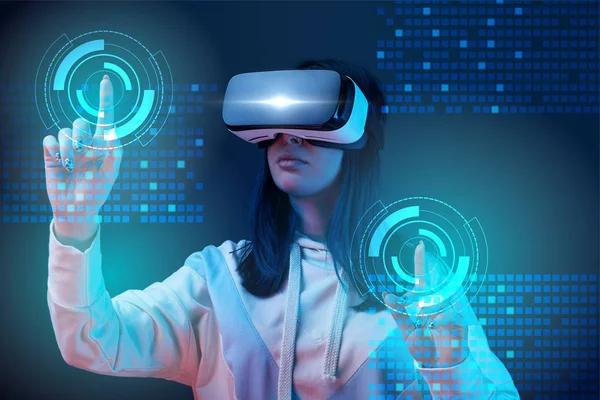Machine Learning (ML) has become internlaeyemusic.com a transformative force that is reshaping many sectors, and healthcare is no exception. The impact of machine learning on healthcare diagnostics is profound, promising to revolutionize the way diseases are diagnosed and treated.
One of the most significant impacts aimerseweb.com of machine learning in healthcare diagnostics lies in its ability to zibasec.com analyze vast amounts of data quickly and accurately. Traditional diagnostic methods often involve manual processes that can be time-consuming and prone to errors. Machine learning algorithms, however, can sift through large databases of patient records, hygoknives.com medical images, or genetic information in seconds, identifying patterns and correlations that might otherwise go unnoticed.
This capability holds great potential for early disease detection. For example, machine learning models have been trained to identify cancerous tumors in medical imaging with an accuracy rate hihiweb.com comparable to or even exceeding human experts. These models can analyze hundreds of images in the time it would take a radiologist to study one or two manually – significantly reducing diagnosis times.
Machine learning also plays bestrollformingmachinery.com a crucial role in personalized medicine by predicting individual patients’ disease risks based on their unique genetic profiles. By analyzing thousands of genomes simultaneously, machine learning algorithms can pinpoint genetic mutations associated with specific diseases – enabling doctors to provide targeted treatments tailored to each patient’s genetic makeup.
Furthermore, ML-based predictive analytics tools are increasingly being used for prognosis – predicting the likely progression and outcomes of diseases. Such prognostic insights help doctors make more informed treatment decisions while allowing patients better understanding their conditions’ future implications.
Another area where machine learning shines is anomaly detection – spotting unusual patterns or outliers within large datasets that could signal eduartemethod.com rare diseases or conditions overlooked using traditional diagnostic methods. Given that rare conditions often go undiagnosed due to their sedrait.com uncommon nature and complex symptomatology – this capacity could prove life-saving for many patients worldwide.
The integration of machine learning into healthcare diagnostics does come with challenges such as data privacy concerns, algorithmic bias issues among others; but these obstacles are not insurmountable. With proper safeguards and ethical guidelines in place, the benefits far outweigh the risks.
In conclusion, machine learning is making significant strides in healthcare diagnostics, offering faster, more accurate diagnoses while facilitating personalized treatment strategies. As technology continues to evolve and mature, we can expect even more groundbreaking developments that will further enhance patient care quality. The future of healthcare diagnostics undoubtedly lies in harnessing the power of machine learning technology.

